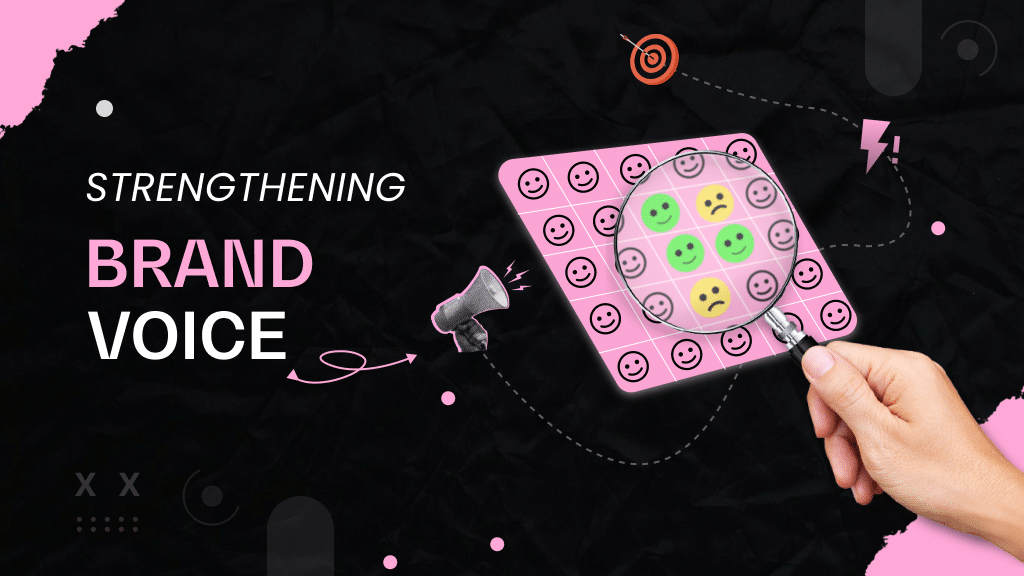The reliance on artificial intelligence and machine learning is no longer a novel concept in marketing.
A global survey by SurveyMonkey found that 88% of marketers now use AI in some capacity to speed up processes and improve decisions.
One area where machine learning continues to show clear value is sentiment analysis.
This method applies natural language processing to interpret user opinions in real time, especially within fast-moving and feedback-heavy environments.
Its growth reflects that shift as the global market for sentiment analysis software was valued at $2.1 billion in 2024 and is projected to reach $6.85 billion by 2033.
The scope of its application in marketing is both wide and expanding.
While some teams use it to monitor online feedback, others rely on it to shape tone, adjust brand messaging, and measure audience response across platforms.
In today’s article, let’s discuss the practical applications of sentiment analysis and how you can implement these techniques to build stronger brand credibility for your business.
How to Monitor What People Say About Your Brand
Sentiment analysis allows marketing teams to monitor how their brand is being received across public platforms in real time.
Instead of relying on surface-level impressions, teams can base brand decisions on measurable sentiment trends.
According to a 2025 Gartner survey, 90% of buyers look for social proof to compare products before purchasing, including user reviews, public comments, and visible engagement from others.
Instead of scanning thousands of comments manually, sentiment analysis helps extract layers of insight at scale.
It’s no secret that public sentiment can shift quickly because a sudden spike in negative reactions, for example, might signal a problem that needs immediate attention.
When marketers work with this kind of insight, they don’t have to guess.
They can adjust their approach based on how people are responding, making brand communication more focused, consistent, and easier to trust.
Tracking Local Events and Reactions
Sentiment analysis doesn’t have to focus only on brand mentions or your product reviews.
It can also help track public sentiment tied to specific events or locations. This is especially relevant for service-based industries that rely on trust and awareness.
In areas like healthcare, law, or safety, knowing what people are reacting to in real time creates space for meaningful and timely communication.
Let’s take personal injury law firms, for instance. Many of them scan local reports and online conversations to identify regional incidents that could require legal assistance.
A recent incident happened on June 30, where a serious crash at the intersection of Piedmont Avenue and Monroe Drive in Midtown Atlanta left two people dead and three others in critical condition.
Police said the reason for the crash was that a Tesla ran a red light and struck a box truck. The area was closed for several hours as emergency crews responded.
In situations like this, people often turn to a car accident lawyer in Atlanta for guidance and support. Firms that respond with relevant updates or resources build visibility and credibility when people need it most.
According to TorHoerman Law, experienced legal professionals help injured parties secure compensation for medical expenses and lost income.
This also includes property damage and other losses resulting from crashes caused by negligent behavior.
Sentiment analysis tools can monitor news feeds and social media discussions around such events, helping law firms understand public sentiment and community concerns.
This thoughtful approach allows legal practices to gauge when and how to communicate their services appropriately without appearing opportunistic during sensitive times.
Watching How Customer Needs Change Over Time
Sentiment analysis isn’t only useful at the moment. Over time, it helps reveal how customer expectations are changing.
A product that once met needs may no longer feel adequate if buyers begin comparing it to newer alternatives. Language in feedback shifts gradually.
What used to be considered a bonus in 2020 may start sounding like a basic requirement in 2025.
For example, free shipping was once seen as a perk. Now, almost 66% of customers expect it as a standard offering, especially for orders above a certain value.
Brands that don’t match these expectations may face increased negative sentiment, even if the product itself performs well.
By reviewing sentiment data across months or quarters, marketers can catch early signs of changing priorities.
If complaints about speed, packaging, or usability begin to rise, those signals are worth acting on. Ignoring these subtle shifts can lead to tone-deaf messaging or product features that fall flat.
Sentiment analysis helps maintain a current view of what customers value now, not what they valued two years ago.
That clarity makes it easier to write copy, shape offers, and position the brand in a way that still feels relevant.
How to Keep Your Brand Voice Consistent
There is no thumb rule for maintaining a consistent brand voice across different marketing channels.
Email campaigns, website content, and advertising materials often carry conflicting emotional tones that confuse audiences and weaken brand identity.
Sentiment analysis tools evaluate email subject lines, body content, and marketing materials to ensure they align with the intended brand personality.
For example, a financial services company might discover that its newsletter content reads as overly aggressive while its website copy appears too casual. This disconnect creates mixed signals for customers.
Companies can establish sentiment benchmarks that reflect their desired brand personality and apply these standards across all content channels.
When brand voice remains consistent, customers develop stronger emotional connections, and trust levels increase significantly.
Conclusion
Sentiment analysis functions as the invisible hand that guides customer psychology toward brand preference.
This technology reveals emotional patterns that traditional analytics miss completely.
Modern consumers make purchasing decisions based on feelings first, then justify them with logic later.
So, when your brand aligns its tone and messaging with how customers feel, you’ll stand a better chance of being remembered and chosen over your competitors.





